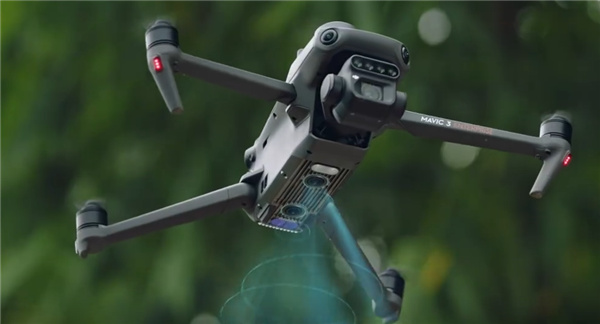Navigating the world of drones has never been more pivotal, especially with the rise of the FAA Part 107 drone certification. Before launching into the skies, it’s essential to understand the intricate details surrounding this certification. Whether you’re an enthusiast or professional, mastering these regulations ensures safe operation and compliance.
Understanding FAA Part 107
Part 107 is a set of regulations introduced by the Federal Aviation Administration (FAA) in the United States, governing the commercial use of drones or unmanned aerial systems (UAS). These rules are crucial for anyone using drones for business purposes, offering guidelines that make the airways safer and more organized. To fully grasp its importance, one needs to explore its components thoroughly.
The Essentials of Part 107 Certification
- Eligibility Requirements: To qualify for the FAA Part 107 drone certification, you must be at least 16 years old, and able to understand, speak, read, and write English. Additionally, you must be in a physical and mental condition that allows for safe operation of drones.
- Knowledge Test: You must pass an aeronautical knowledge test, covering various topics such as airspace classification, weather patterns, and drone maintenance. To prepare, there are several resources, including study guides and online courses, designed to bolster your understanding.
- Recertification: The Part 107 certification requires recertification every 24 months to ensure operators are up-to-date with current regulations.

Preparing for the FAA Part 107 Exam
Preparation is key. Many opt for specialized training, which offers practical knowledge and exam strategies. Popular resources include the FAA’s own website, which provides sample questions and study materials tailored to the Part 107 exam. Additionally, multiple third-party providers offer comprehensive courses with hands-on experience.
Benefits of Certification
Achieving FAA Part 107 certification opens up numerous opportunities in various industries. From aerial photography and agricultural monitoring to construction and inspections, certified operators are in high demand. The credential not only grants access to the skies but also enhances your skill set, portraying professionalism and expertise that clients value.
Practical Applications of Drones
The applications of drones are vast. In agriculture, for example, drones can monitor crops, gather data, and assist in efficient resource management. In the realm of construction, they offer a unique vantage point, aiding in project analysis and progress tracking. Certified professionals often find a niche in their respective fields, leveraging drone technology to advance capabilities and streamline operations.
Common Challenges and Overcoming Them
Operating drones commercially comes with challenges. Compliance with regulations, maintaining equipment, and ensuring safe flights are just a few hurdles operators face. Continuous learning and staying informed about evolving technologies and changes in legislation will aid in overcoming these obstacles.
Frequently Asked Questions
- What happens if I operate without certification?
Flying drones for commercial purposes without Part 107 certification can result in significant penalties, including fines and legal issues. It is crucial to comply with FAA regulations to avoid these consequences.
- How long does the certification process take?
The timeframe varies. Generally, preparation for the exam could take several weeks, depending on prior knowledge and study habits. Once an applicant passes the test, the certification is often processed within a few weeks.


In summary, mastering FAA Part 107 drone certification is a valuable endeavor for those wishing to enter the commercial drone landscape. By understanding the regulations, preparing adequately, and recognizing the importance of this certification, operators can ensure they are well-equipped to thrive in this rapidly growing field.
